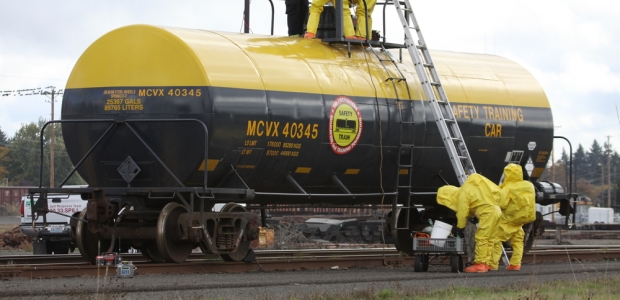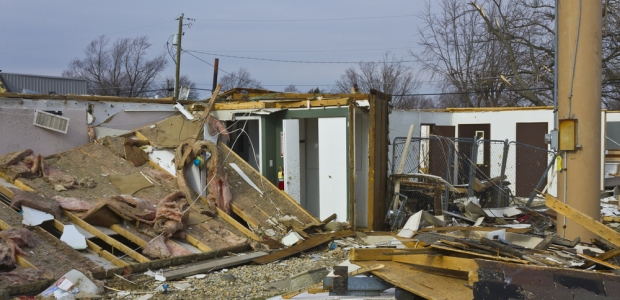Veterans.gov aims to connect job seekers and employers that are looking to hire veterans.
The Fire Protection Research Foundation hosted the event April 18 in Munich, Germany.

Lake Maracaibo in Venezuela experiences more lightning than any other location on Earth, with an average rate of about 233 flashes per square kilometer per year.
The Texas Tribune and ProPublica reported a companion bill will be filed in the U.S. House of Representatives by Rep. Randy Weber, R.-Texas, soon.
A 985-foot container ship, China COSCO Shipping's Andronikos, won an April 29 drawing and will be the first vessel to travel through the expanded Panama Canal when it opens on Sunday, June 26.
NTSB's report cites two 2015 accidents in which the impact forces were survivable for the occupants, but fatal and serious injuries occurred because of post-crash fires after the fuel tanks were breached. NTSB's investigations brought about the three safety recommendations in this report.

The PID is one of the most sensitive detectors available for many toxic compounds with detection limits in the low or sub-ppb range.

Improvements in health and safety awareness, duty of care to employees, and increasingly extreme environmental conditions mean more thought than ever has to go into safety shower purchasing decisions.

Industrial hygienists are challenged to protect employees from noise exposure in all types of work environments, including variable conditions. This project completed a baseline noise assessment at the Dow Northeast Technology Center’s mechanical areas.

PFA doesn't rely on skills of a professional mental health provider, but rather, engages the skills that most of us already have.

Workplace labels must include the product identifier and general information regarding all of the hazards of the chemical(s).

This year's AIHce conference will be year five for the wildly popular Ignite sessions, which are five-minute talks on pretty much any IH topic.

At first glance, wet scrubbers may appear to be preferable because they inherently control the combustibility of a dust.

Provide relevant consequences. Consequences will assist in showing your workers what is in it for them.

Use these practical tips and best practices to create and maintain an effective emergency response plan. Frequent practice drills are essential.